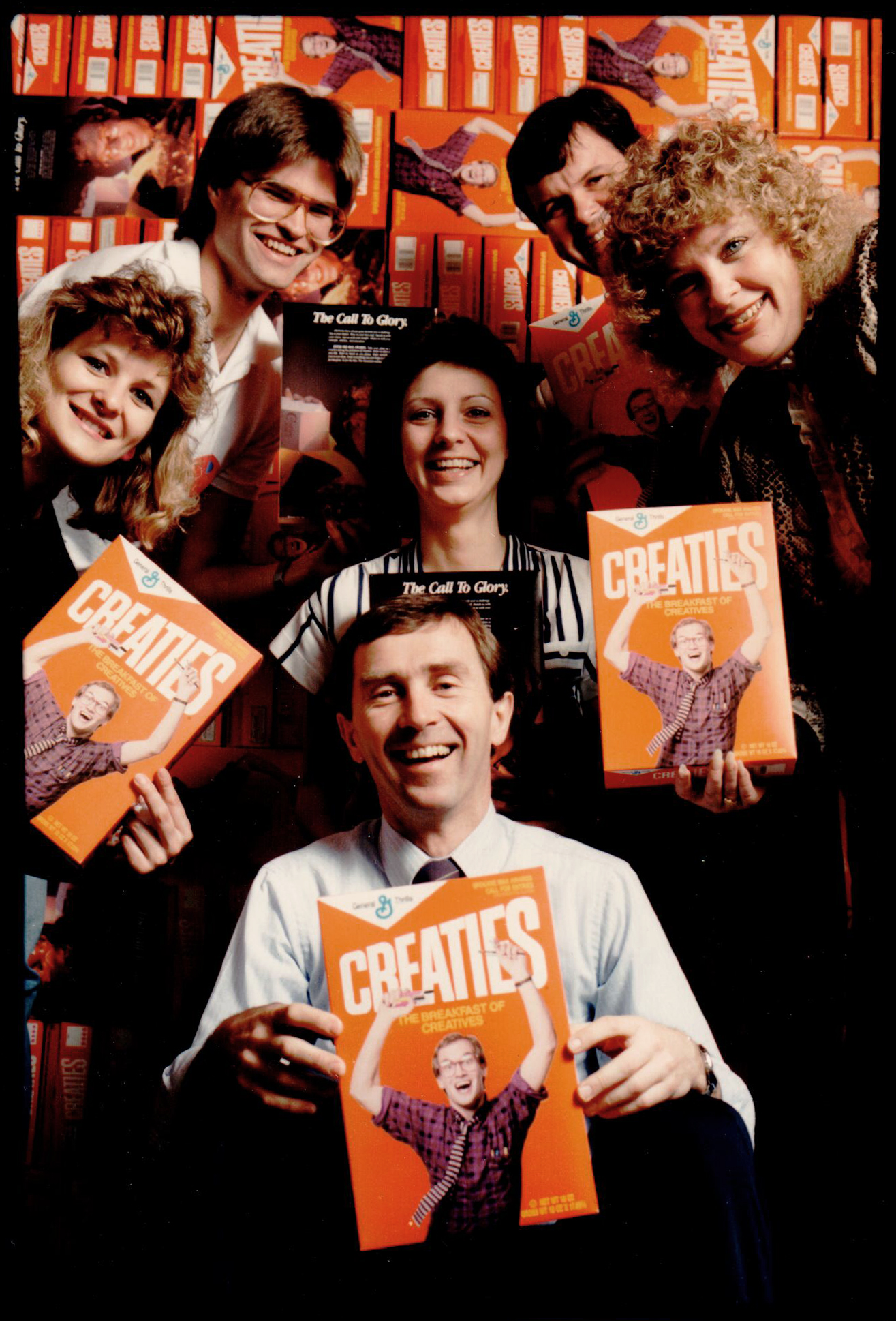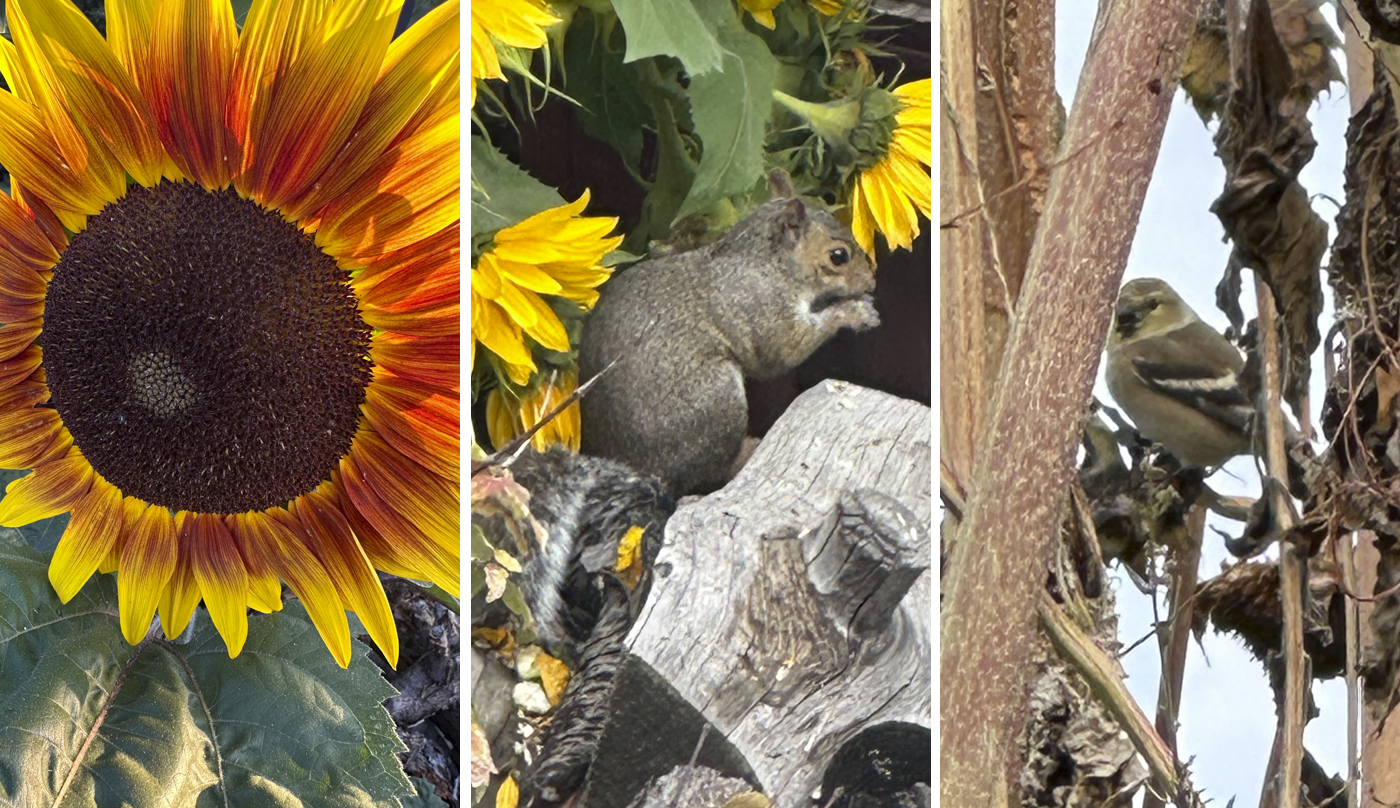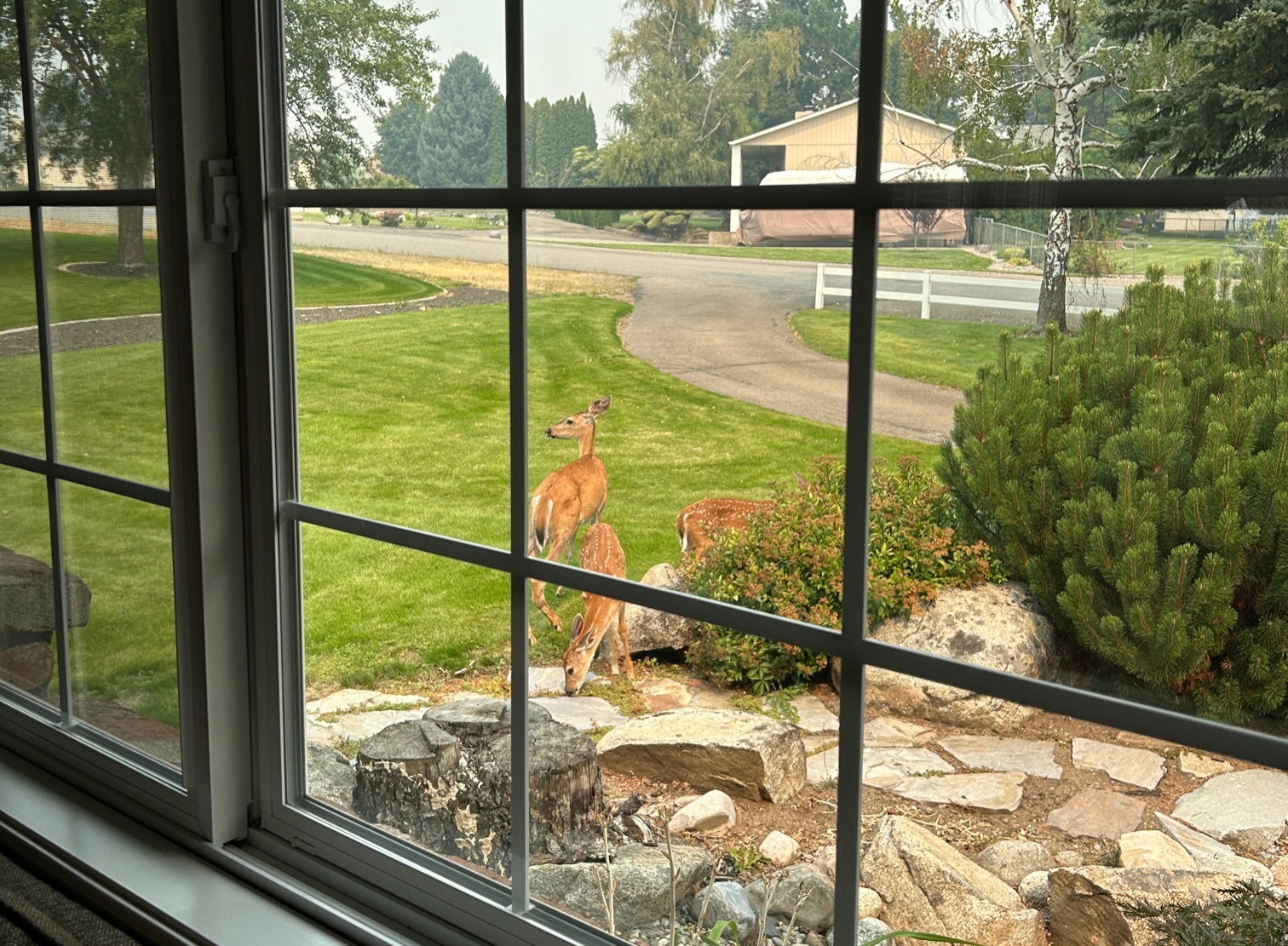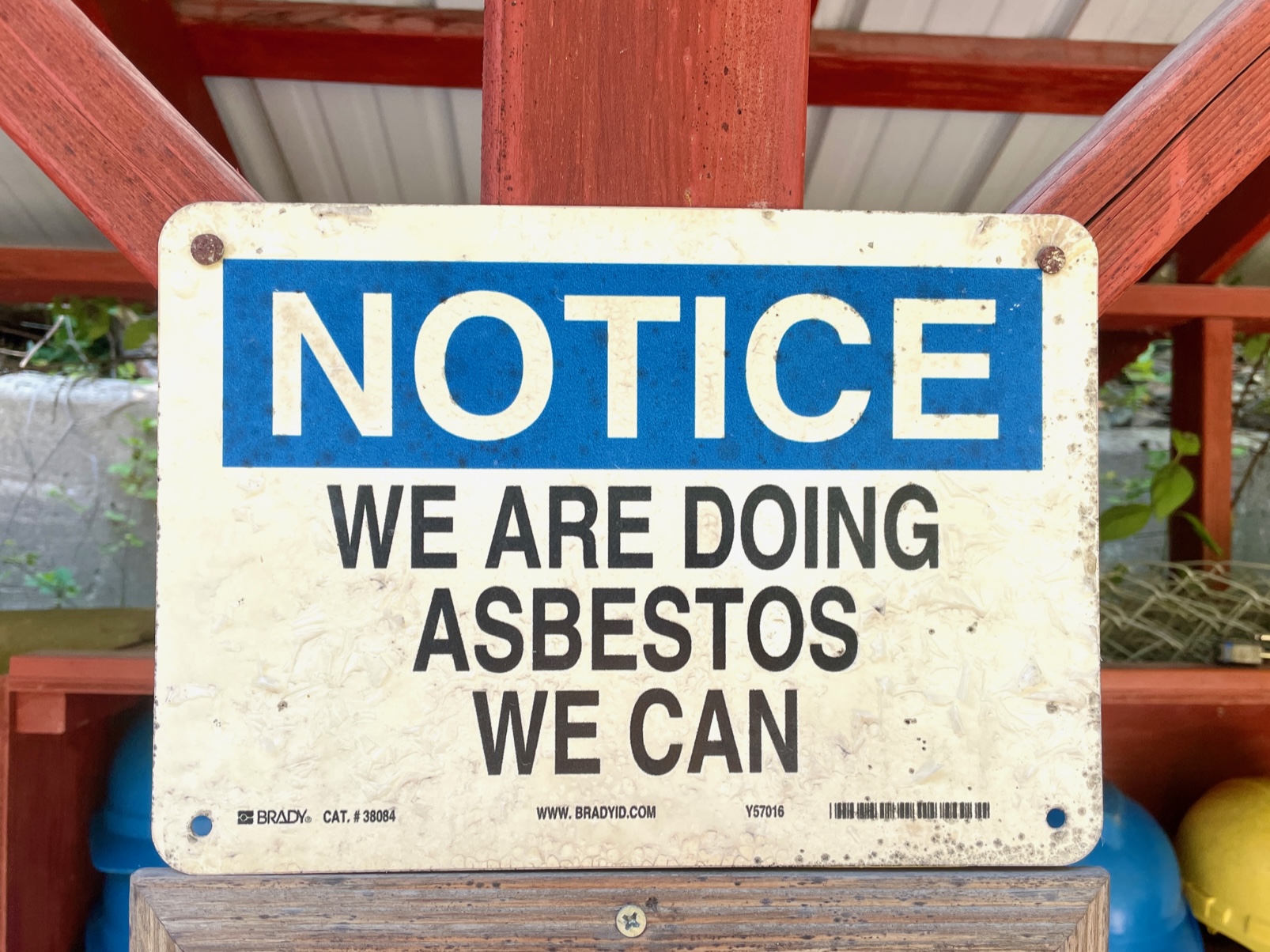While working on one of our most meaningful projects, I had the opportunity to meet several talented individuals. At the time, we were producing a biannual promotional piece for a local printer – titled PROOF! – and the fourth issue featured the work of several Spokane modern architects, particularly Swiss immigrant Moritz Kundig.
As we developed the story of Moritz, along with other notable architects, we learned not only about his life and accomplishments, but also how a group of young architects in the late 1940s through the early 1970s helped shape the architectural landscape in ways that would persist for decades to come. The story was so compelling that we asked, and received approval from, the Northwest Museum of Arts and Culture to create the exhibition “Spokane Modern Architecture, 1948-73.”
Our copywriter at the time, Aaron Bragg, and I met with Moritz on several occasions. We continued to keep in touch over the years. Always kind, supportive, and understated, Moritz spoke with a dose of humor followed by a quick laugh.
He once told us, “I like to think that my buildings have character and integrity and are somewhat timeless.” That aptly described both the man and his work.
On February 10, Moritz Kundig, FAIA, passed away at 98 years old.
His architectural legacy, however, will live on.
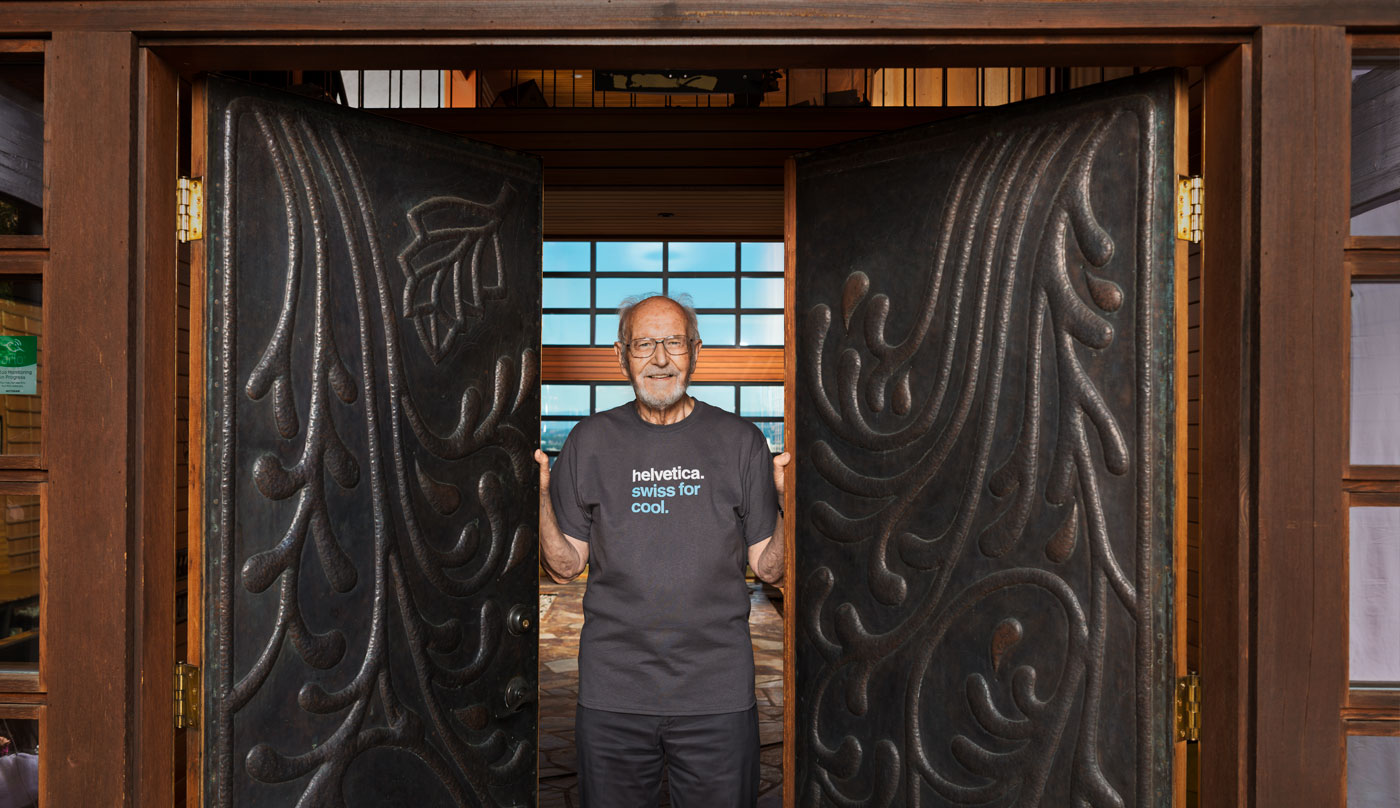
Moritz Kundig stands at the entrance of the Holmlund residence, one of his designs from 1963. The entry doors feature the work of the late artist Harold Balazs, a longtime friend and colleague of Kundig’s.

